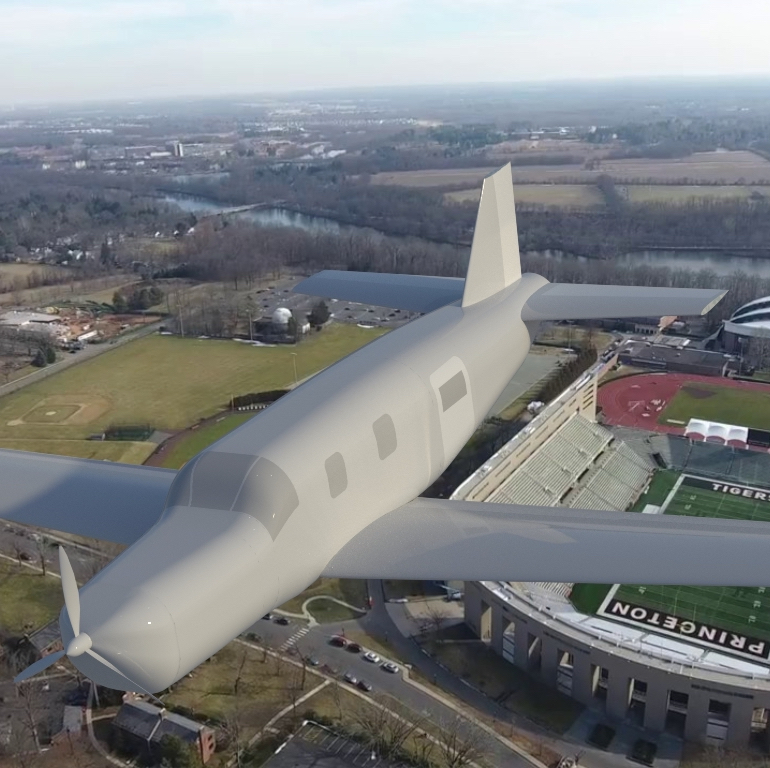
Description: TigerElectric is an aircraft for the 2017-2018 AIAA Undergraduate Design competition, designing two hybrid-electric general aviation aircraft. For this analysis, an aircraft wight and sizing calculation toolbox was developed to handle hybrid-electric aircraft. The battery power system was rigorously developed and optimized for the specified mission requirements. The design was modeled and tested using CFD, CAD, and CAE tools. Furthermore, the aircrafts' control systems, dynamics, and even business outlook were analyzed to understand the overall development of the TigerElectric project.
Team: Jan Bernhard, Leif Fredericks, Trevor Henningson, Bernardo Pacini
Tools Used: MATLAB, OpenVSP, Siemens NX, Pointwise, ANSYS Fluent, XRotor
Links: AIAA RFP
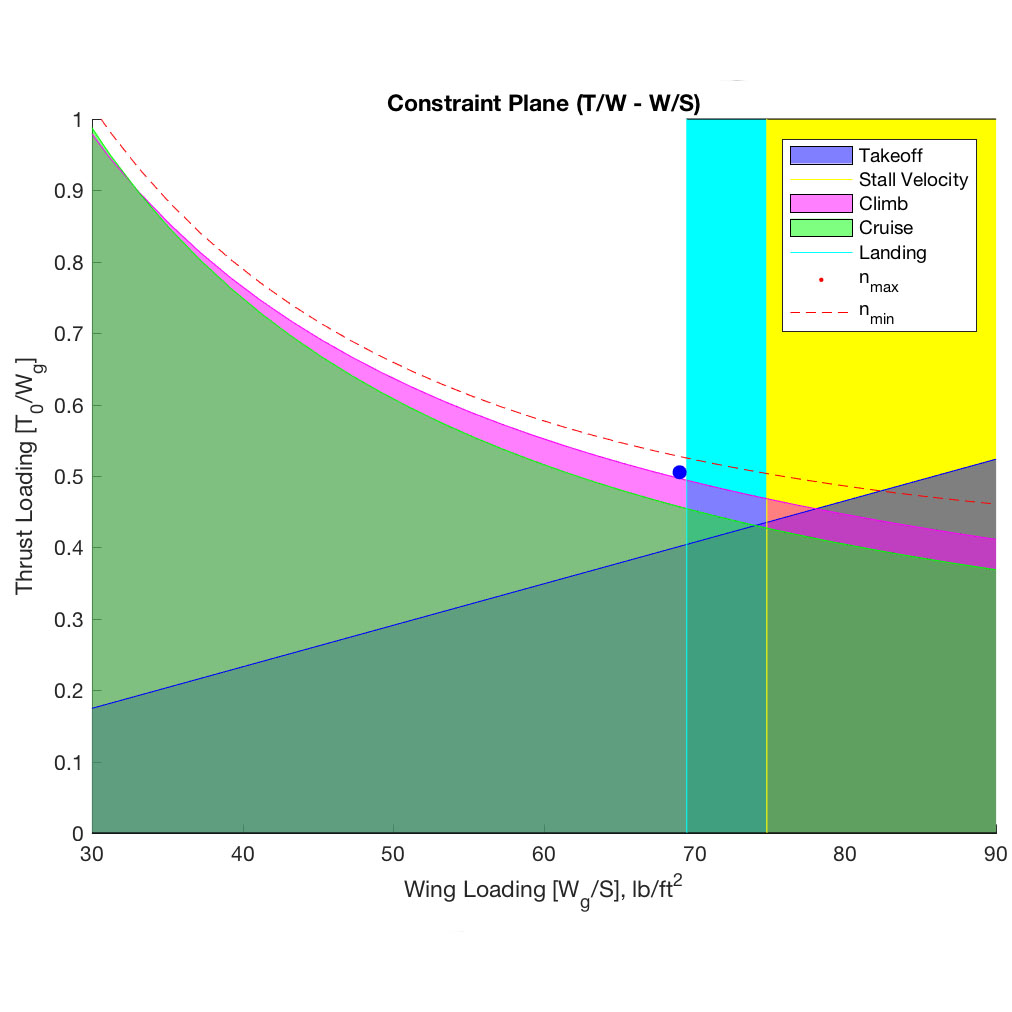
Description: This tool box is designed for the preliminary stages of an aircraft's design process. The software provides initial maximum takeoff weight and surface area estimates as well as sizing parameters for the fuselage, wings, and tails. This program is designed to function in a design iteration loop using OpenVSP or other aircraft modeling and analysis software.
Team: Raj Balaji, Jan Bernard, Leif Fredericks, Bernardo Pacini, Nathan Wei
Tools Used: MATLAB
Links: GitHub
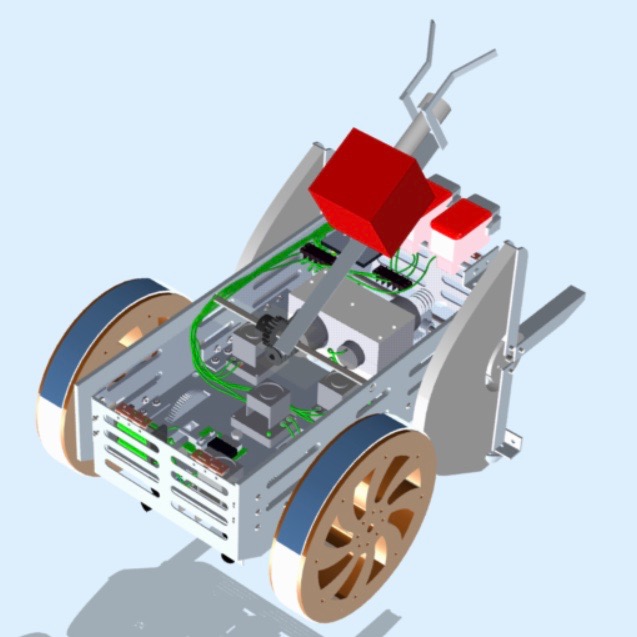
Description: Starboii is a semi-autonomous search and rescue robot. Starboii is capable of traversing difficult terrain, climbing a 1ft wall, navigating autonomously through a tunnel, and tracking a light. Starboii is also able to autonomously deliver a medical kit to a victim in need. The robot is controlled by a Teensy 3.0 and is made of aluminum. Starboii won Princeton's MAE 322 Mechanical Design competition, successfully completing the entire robot testing course.
Team: Lena Dubitsky, Leif Fredericks, Trevor Henningson, Bernardo Pacini, Fitsum Petros, Jesus Serrano-Cendejas, Madeline Travnik, Bertha Wang
Tools Used: PTC CREO 3.0, Arduino IDE, Princeton University Machine Shop, Leapfrog Creatr HS 3D Printer
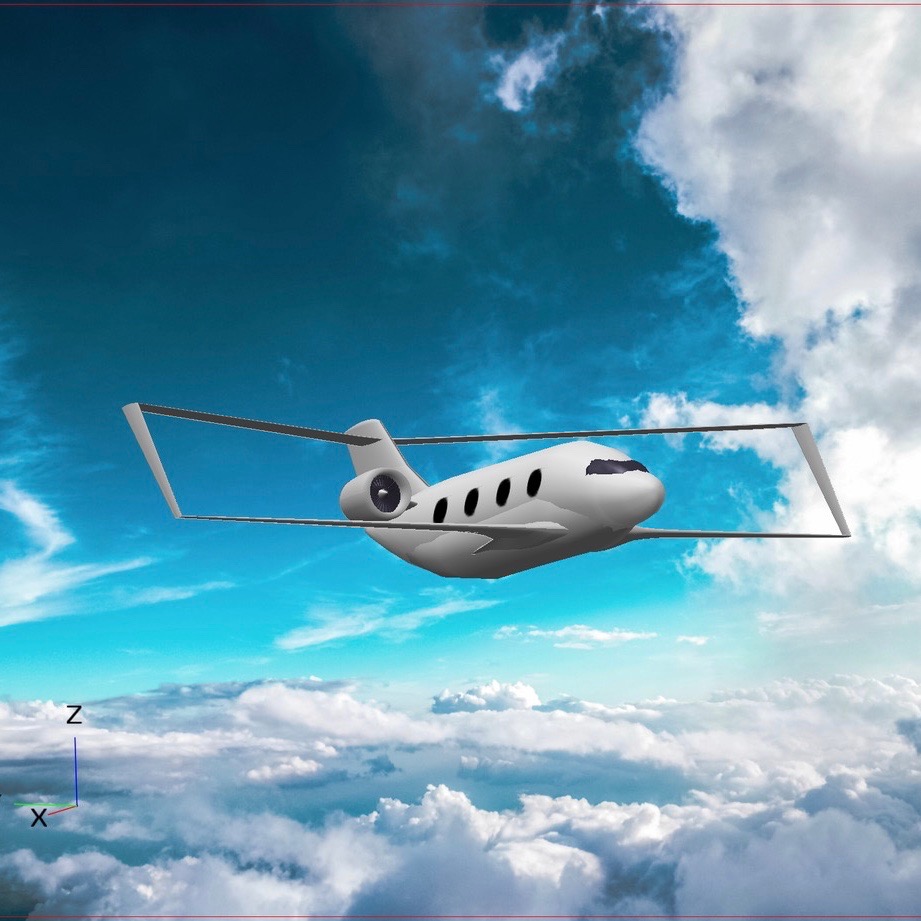
Description: Eaglet is a two business jet family developed for the AIAA 2016-2017 Undergraduate Design competition. Eaglet features an innovative box wing design which was rigorously tested and optimized. The Eaglet design process included basic weight and sizing analysis utilizing the "Aircraft Preliminary Design and Sizing Calculations" toolbox, thorough structural design and analysis, rigorous CFD analysis for optimal airfoil and fusselage shapes, as well as careful design and analysis of the aircrafts' controls and performance.
Team: Raj Balaji, Jan Bernard, Adelbert Francis, Leif Fredericks, Trevor Henningson, Jonathan Lord, Bernardo Pacini, Jesus Serrano Cendejas, Madeline Travnik, Augustine Wambersie, Nathan Wei
Tools Used: MATLAB, OpenVSP, SUAVE, AVL, PTC CREO 3.0, Syn88, Pointwise, ANSYS Fluent
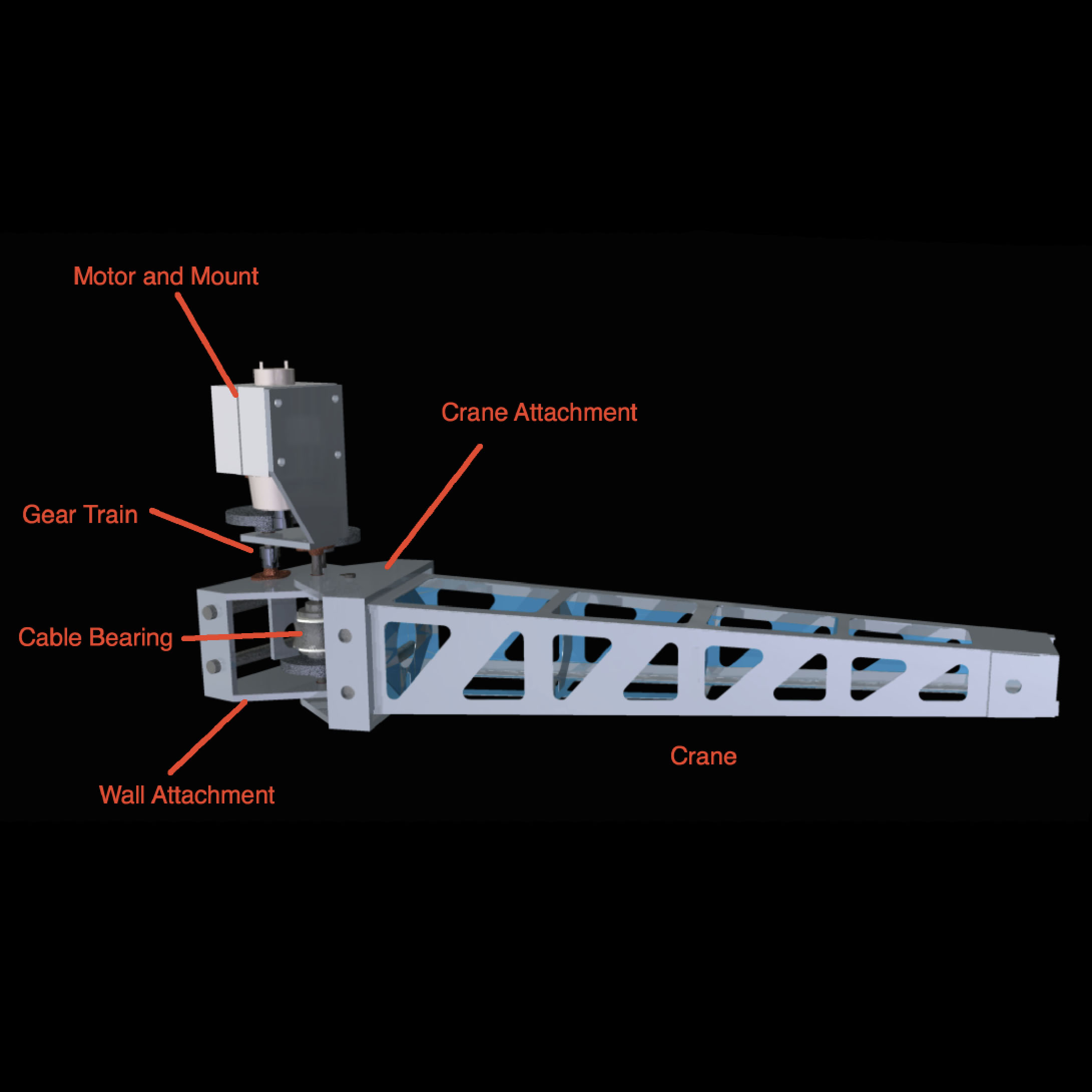
Description: This was a two-part design project to design a rotating wingbox. Initially, the 22" wingbox was designed and analyzed to lift 220lbs at a weight of 1.8lbs. With the crane arm assembled and tested, the rotating mechanism and mount was designed. The arm and mount were required to rotate 20° and lift 130lbs—this was accomplished successful with no sign of damage or weakening.
Team: Jeffery Diament, Leif Fredericks, Trevor Henningson, Delaney Miller, Bernardo Pacini, Jesus Serrano-Cendejas, Madeline Travnik
Tools Used: PTC CREO 3.0, Princeton University Mechanical and Aerospace Engineering Machine Shop
Links:

Description: Partnered with Leapfrog 3D Printers, Rocket Project is a demonstration of the capabilities of the Creatr HS printer. The 3D printed rocket is a design prototype of a 1 meter tall rocket powered by 4 hybrid rocket engines and equipped with electronics for control and flight sensing. The prototype rocket also tests a unique parachute deployment system that does not rely on detonation of a charge. Each component of the rocket is individually printed using the Materialise Slicing software and the Creatr HS printer.
Team: Bernardo Pacini
Tools Used: PTC CREO 3.0, Leapfrog Creatr HS 3D Printer
Links: